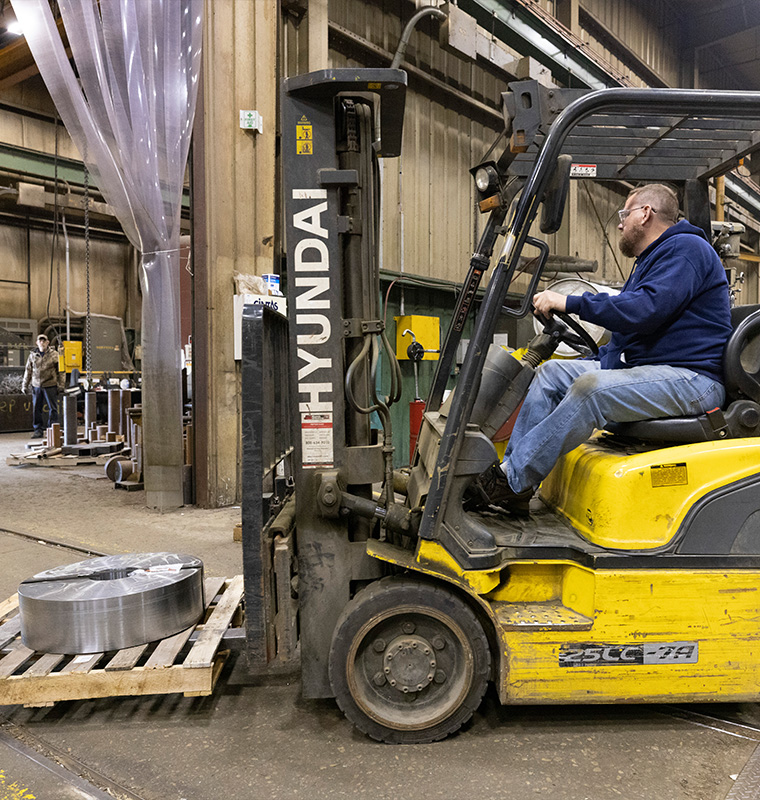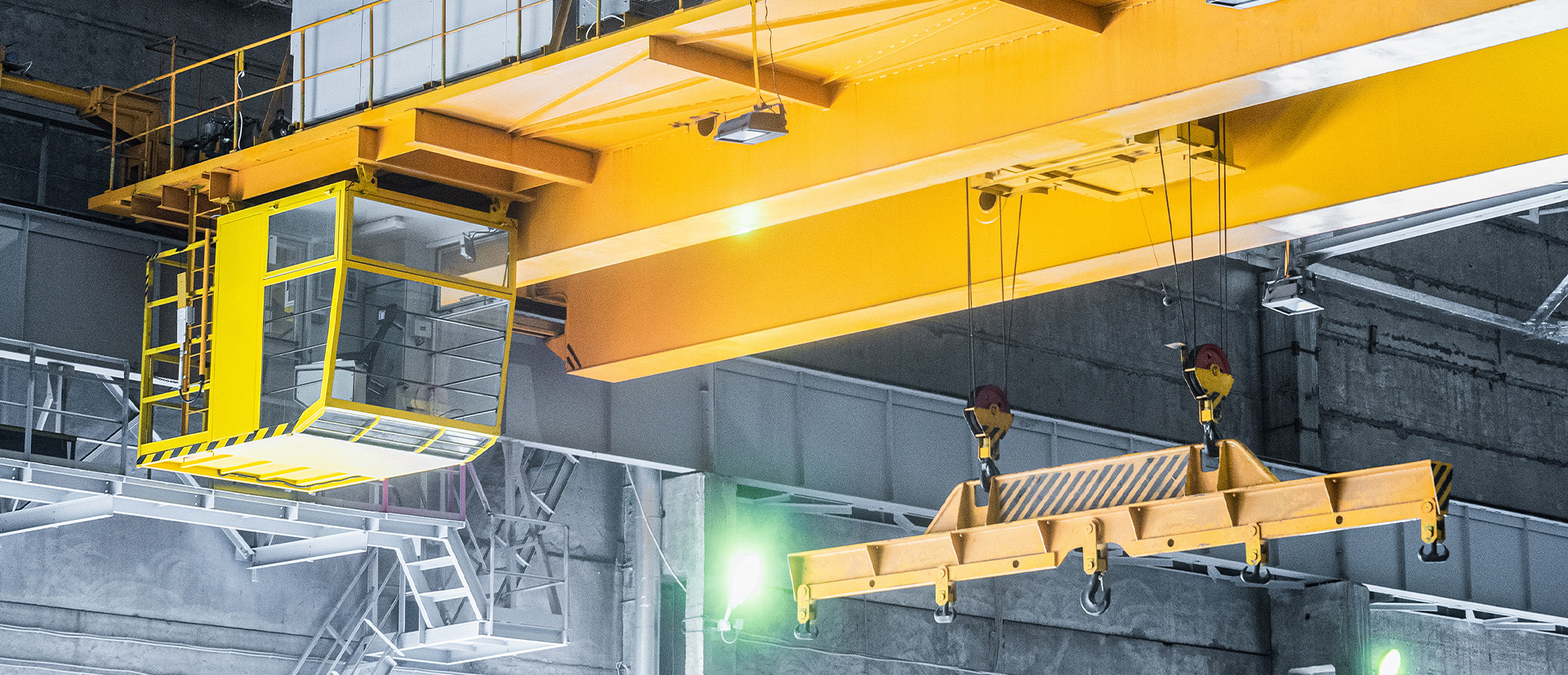Troubleshooting Techniques for Overhead Crane Electrical Problems
Nestled within the bustling heart of the industrial sphere, overhead cranes stand as monumental testaments to human engineering and ingenuity. These mechanical behemoths are indispensable in a myriad of sectors, from construction to manufacturing, playing a pivotal role in the lifting and transportation of heavy materials. Yet their pivotal role comes with its set of challenges, especially when it comes to maintaining their electrical integrity.
Electrical issues can halt production, jeopardize worker safety, and incur significant costs if not addressed promptly and efficiently. This blog aims to delve deeply into the electrical troubles an overhead crane might encounter and provide actionable, expert advice for diagnosing and resolving these intricate problems, ensuring your operations remain robust and uninterrupted.
The complexity of these electrical systems mirrors the complexity of the tasks overhead cranes are designed to perform. Below, we delve into specific scenarios illustrating why diverse industries may require the mighty overhead crane, highlighting the importance of a fully functional electrical system.
Essential Applications of Overhead Cranes
In the Construction Industry
- Heavy steel beams, precast concrete blocks, and large bundles of building materials need to be moved around bustling construction sites.
- Overhead cranes lift and transport these materials from one point to another with precision. Perfect for new factories, mill construction, or to set floor machinery and equipment.
Within Manufacturing Plants
- Manufacturing plants often deal with the repetitive movement of raw materials, components, and finished products. An overhead crane streamlines these operations, as seen in the automotive industry where large parts, such as engine blocks or chassis, are moved along the assembly line.
- Note: Without the proper functioning of the crane’s electrical system, the rapid and continuous flow of production could be severely compromised.
For Shipping Yards and Terminals
- Maritime trade hubs are bustling with containers that need to be loaded, unloaded, and stacked with speed and precision. Overhead gantry cranes, towering over the shipping yards, effortlessly move these massive containers between ships, trucks, and storage areas.
- The electrical systems controlling the motors and brakes must operate flawlessly to avoid delays in what is typically a 24/7 operation.
In the Metal Processing Sector
- Overhead cranes are indispensable in the metal industry, where melting furnaces, rolling mills, and storage yards require the movement of heavy metals and metal products.
- The electromagnetic cranes are particularly important in this sector, as they can move ferrous materials with their powerful electromagnets—lifting and transporting heavy loads such as coils, slabs, or scrap metals, which all demand impeccable electrical control to ensure safety and efficiency.
In Power Plants and Energy Facilities
- Maintenance activities within power plants often require the lifting and relocation of heavy turbines, generators, or boiler components.
- Overhead cranes are designed to handle these heavy lift requirements, and any electrical system malfunction can lead to downtime for essential energy production services.
Supporting the Aerospace Industry
- In the production or maintenance of aircraft, precision and care are paramount.
- Overhead cranes are utilized to lift and maneuver substantial components, such as wings, fuselages, or engines. The electrical system must provide precise control to move valuable and often delicate aerospace components safely.
The Imperative of Troubleshooting Electrical Issues in Overhead Cranes
Given the essential roles that overhead cranes play, electrical system reliability is not just about avoiding operational delays—it is about ensuring safety, maintaining production deadlines, and managing costs.
What are the immediate implications?
- Operational Downtime: Electrical problems can lead to a halt in operations, resulting in costly delays and potentially jeopardizing project timelines.
- Safety Risks: An electrical malfunction can lead to dangerous situations, such as uncontrolled crane movements, which could put workers’ lives at risk.
- Financial Consequences: Repairs and halts in operations can lead to significant financial losses, potentially running into thousands or millions of dollars, in sectors like shipping or energy production.
- Damage to Goods and Infrastructure: Incorrect or erratic movements caused by faulty electrical components can lead to dropped loads or collisions, damaging materials, products, or the crane itself.
For engineers and technicians tasked with the uptime of overhead cranes, possessing the acumen to swiftly identify and resolve electrical issues is essential. Maintenance routines, which include regular checks of power supplies, wiring, connections, and the calibration of control systems, ensure that the heart of the crane’s electrical system keeps beating in rhythm with the incessant demands of industrial progress.
Navigating the Complexity of Electrical Problems in Overhead Cranes
The electrical systems of overhead cranes are as complex as they are crucial. They power the motors, control movements, and ensure the safety features are functioning correctly. Understanding and resolving electrical issues require a blend of keen observation, technical knowledge, and a methodical approach to troubleshooting.
Deciphering Issues with the Crane’s Power Supply
A consistent and stable power supply is the lifeblood of overhead crane operations. Issues such as power fluctuations, intermittent power, or complete power losses can drastically affect crane performance.
Solution: Begin with verifying the power source and inspecting the power lines for any signs of damage, wear, or loose connections. Ensure that the crane is correctly rated for the power supply it’s connected to and consider investing in surge protection devices to safeguard against voltage spikes that can harm the system.
Solving Problems with Faulty Wiring and Loose Electrical Connections
Faulty wiring and loose connections can lead to erratic crane behavior, such as unexplained stops or sudden jerks during operation. These problems not only affect performance but can also pose significant safety risks.
Solution: Regular, detailed inspections are key. Check all electrical wiring and connections for signs of wear, corrosion, or looseness. Replace any damaged wires and secure loose connections to prevent the occurrence of electrical shorts or disconnects that can lead to more serious issues.
Addressing Motor Failures and Overheating
Motors are the muscle of the crane, and their failure can lead to operational paralysis. Overheating, strange noises, or reduced performance can indicate motor issues needing immediate attention.
Solution: Regular monitoring of motor temperatures and performance can preemptively identify problems. Ensure that motors are not overloaded and that they’re receiving the correct voltage. Schedule routine maintenance to clean motors, check for wear, and replace brushes as needed to extend their operational life.
Untangling Control System Complications
Modern overhead cranes often rely on sophisticated control systems for precision movements and operations. When these systems malfunction, they can leave operators without the full control necessary to safely and accurately maneuver loads.
Solution: Regular software updates and diagnostics tests can help maintain control system integrity. In the event of system malfunction, recalibrating the controls or replacing defective components, such as sensors or switches, may restore full functionality. Employing a professional to regularly check the health of these systems can also mitigate unforeseen breakdowns.
Easing Issues with Electromagnetic Interference
Electromagnetic interference (EMI) can disrupt the crane’s operation by interfering with the electrical signals within the system. This can lead to unexpected movements or, in some cases, a complete system shutdown.
Solution: Shielding and grounding electrical components can help reduce EMI. Additionally, ensuring that all electronic devices and wiring are in compliance with industry standards for electromagnetic compatibility (EMC) will minimize interference.
Advancing Your Approach to Electrical Maintenance
Preventive maintenance is the cornerstone of mitigating electrical problems in overhead cranes. A structured, proactive maintenance schedule enables early detection of potential issues, reducing downtime and repair costs. Emphasis on regular inspections, immediate rectification of identified issues, and ongoing training for maintenance personnel will bolster the electrical reliability of your overhead cranes. By integrating these advanced troubleshooting techniques into your maintenance practices, you can achieve operational excellence and safeguard the longevity of your cranes.
Keep an eye on our platform for more in-depth guides and expert advice on overhead crane maintenance and electrical troubleshooting techniques. Our commitment is to empower your projects to proceed with efficiency and safety at the forefront.
If you’re ready to enhance your operations with a trusted, precision-engineered crane solution, start your project with us today and experience the Zenar difference. Contact us today to fulfill your custom overhead crane needs.
Read
More
Articles

8 Ways to Avoid Costly Crane Repairs
Overhead cranes play a pivotal role in the efficiency of industrial operations, serving as critical equipment in the movement and lifting of heavy materials. However, when these cranes falter, the financial repercussions from repairs, lost productivity, and enhanced safety risks become significant.

Overhead Cranes vs. Forklifts
When it comes to material handling, efficiency, safety, and cost-effectiveness are always top concerns in any industrial environment. Two of the most common equipment types used in these settings are overhead cranes and forklifts.

Sustainability in Crane Manufacturing
The construction industry is a cornerstone of global development but is also one of the largest consumers of energy and producers of greenhouse gas emissions.